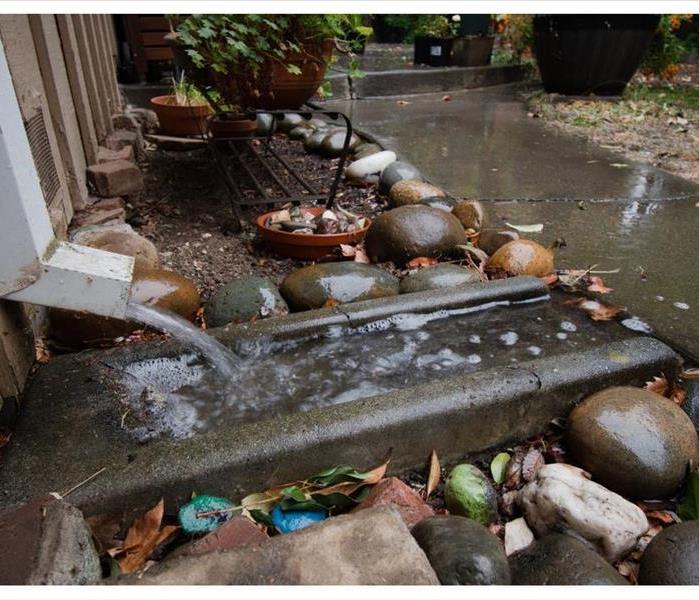How To Use Landscaping for Flood Prevention
1/11/2021 (Permalink)
Four Landscaping Methods That Can Prevent Disasters From Happening
Heavy rainstorms can lead to severe flooding if your home is not landscaped strategically in Croydon Heights, PA. Outside flooding can lead to inside flooding if water seeps into your house, damaging your home and property.
1. Build a Rain Garden
Rain gardens can significantly reduce the amount of outside flooding from rain runoff by absorbing excess water into the soil. A well-designed rain garden will use native plants that low-maintenance and require little watering between rainfall. When installing your garden, place plants with a high tolerance for wet soil in the center. Water will drain from the outer edges of the garden and flow to the center before seeping into the soil.
2. Install a Downspout Diverter
Downspout diverters redirect water away from your home, often into a catchment container. Using a diverter can prevent water from collecting in areas near your home that are prone to flooding after a rain storm. This keeps water away from the sides of your house, which are common spots for standing water. If you notice water getting into the house, call a professional storm service to help with cleanup and restoration.
3. Add Driveway Drainage
Adding drainage material, such as gravel or grass, on either side of your driveway can help prevent water from running off your driveway and pooling outside your home.
4. Create Swales
Dips and depressions in landscaping, also known as swales, redirect rain drainage to areas that are more tolerant of standing water, such as a rain garden or dry well. To optimize swales and slow down the flow of runoff, use deep-rooted plants to line the slopes and place rocks along the bottom of the swale.
Landscaping is extremely useful in helping prevent outside flooding near your home. Preventing water from collecting outside of your house will lower your risk of damage and costly repairs.






 24/7 Emergency Service
24/7 Emergency Service
